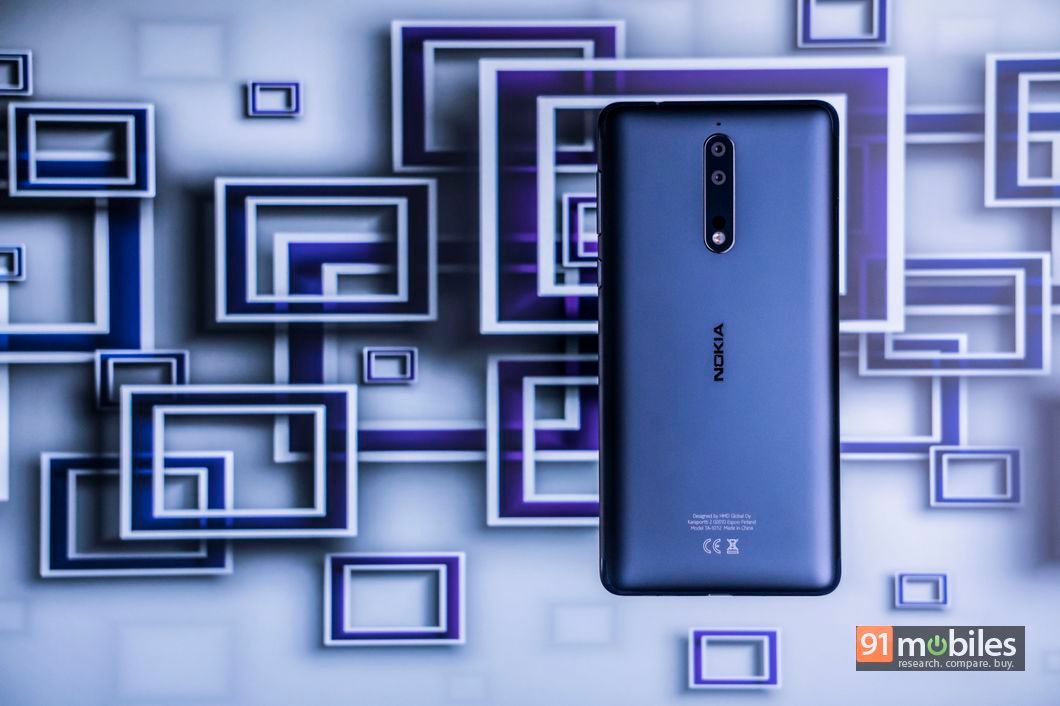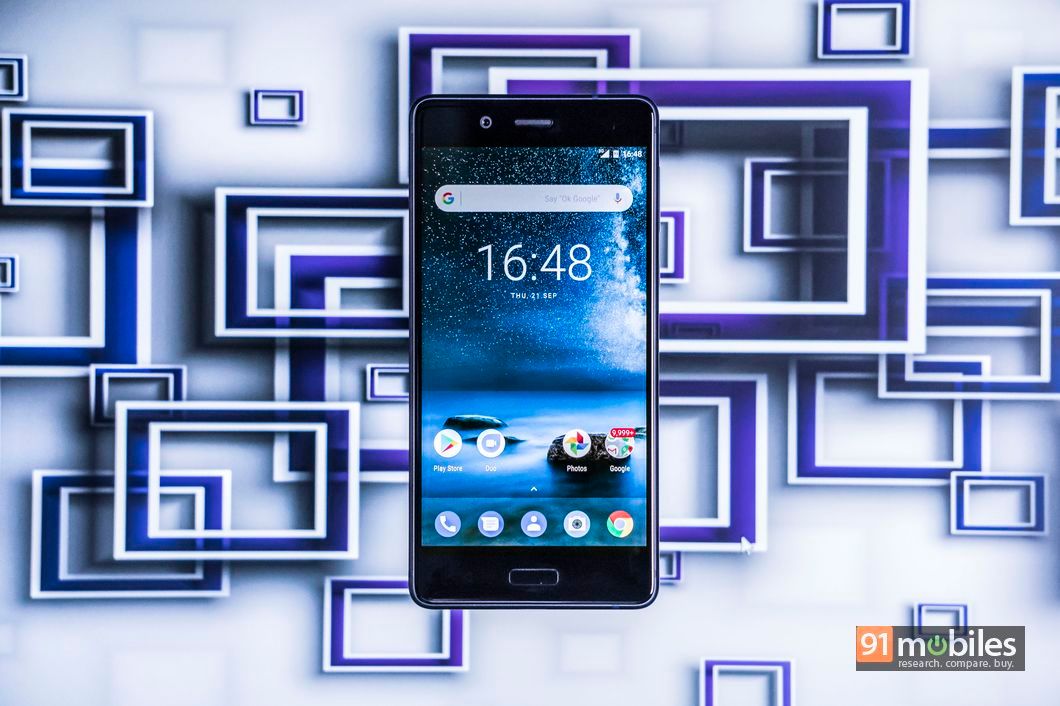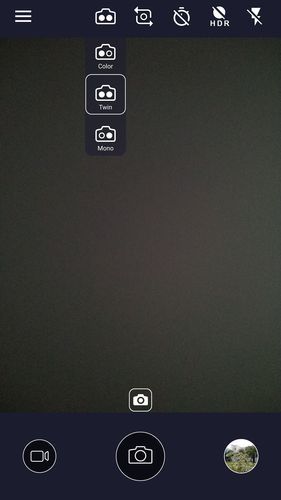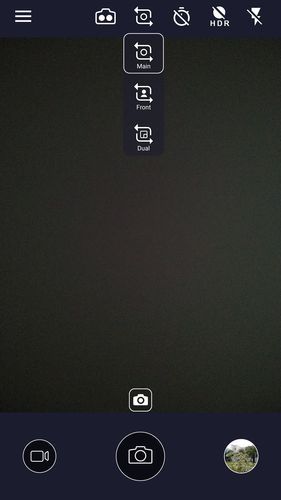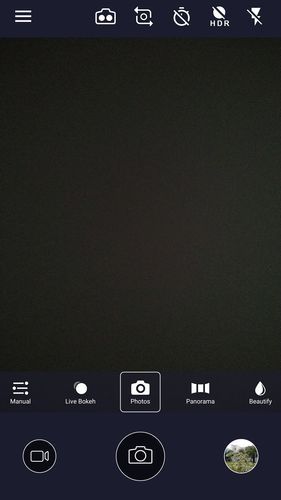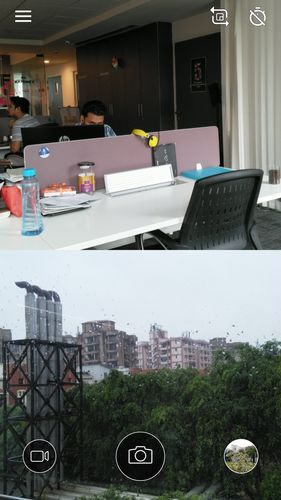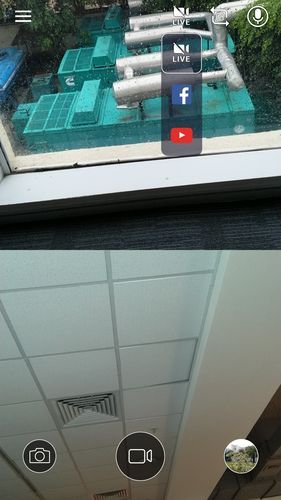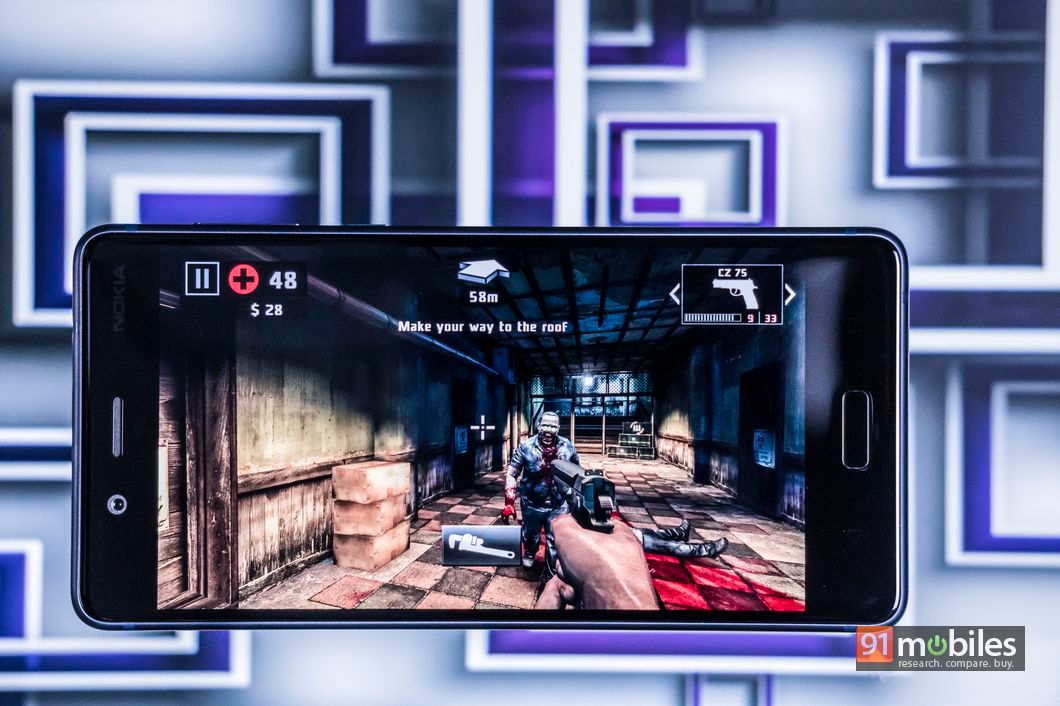“With the Nokia 8, the brand now has a compelling contender in the flagship space. Our review”
Raise your hands if just like me, you also think Nokia should have launched the 8 alongside the trio of other Android phones back at MWC. Better late than never though, and the brand (now under the aegis of HMD Global) finally has a true-blue flagship out. While the company has given priority to usage experience over specs so far, the Nokia 8 (first impressions) packs respectable specs and enough grunt for it to stand head-to-head against most premium flagships out there. Not just that, the phone also embraces the newest trend of dual cameras, which is noteworthy in more ways that one, given that those shooters come bearing Zeiss branding. Maybe I’m getting ahead of myself here, so read on, as I check out how Nokia’s flagship smartphone fares as a daily driver.
Related read: Top 8 things to know about the Nokia 8
Table of Contents
Summary
The Nokia 8 comes with the signature build quality we’ve come to expect from the brand, rocks solid specs, powerful dual cameras, and promising battery life. The highlight Dual Sight feature that lets one livestream a split-screen view from both the front and rear cameras may or may not appeal to everyone, but the fact remains that the Nokia 8 is a compelling option for those who need a no-frills daily driver running stock Android, and that promises quick software updates too. The “no-frills” bit however, could be an issue for some, since the phone can’t boast too many standout features.
Specs at a glance
| Display | |
| Size | 5.3 Inch |
| Resolution | 1440 x 2560 pixels |
| Performance | |
| CPU | Quad core, 2.45 GHz + Quad core, 1.8 GHz, Snapdragon 835 |
| RAM | 4 GB |
| Storage | |
| Internal memory | 64 GB |
| External memory | Up to 256 GB |
| Battery | |
| Capacity | 3090 mAH, Li-ion, Non removable |
| Camera | |
| Primary camera | 13 MP |
| Secondary camera | 13 MP |
| Connectivity | |
| Network support | Dual SIM 4G |
| Other options | Wi-Fi, Bluetooth 5.0, GPS |
| Others | |
| Battery Capacity | 3090 |
| Operating system | Android 7.1.1 Nougat |
What works
When I went hands on with the Nokia 8 for the first time, I called it a stylish-looking phone but one that won’t turn heads, with the possible exception of the Polished Copper variant. And after using the phone as my daily driver for the past few days, I think I’ll stick with that. The thing with the Nokia 8 is that it’s an elegant device, without being too flamboyant or flashy.
While it can’t match the looks of phones with edge-to-edge displays or be described as “sexy”, the Nokia 8’s sleek aluminium unibody feels very good in the hand and over the course of my review, the smartphone’s design just grew on me. I like the fact that HMD Global didn’t take the phablet route, and has chosen to stick to a very manageable and compact 5.3-inch screen size. The QHD resolution display (layered with Gorilla Glass 5) is very capable and crisp too, with ample levels of brightness, accurate colours and vivid visuals.
Software-wise, the Nokia 8 doesn’t stray away from the core HMD ideology of offering an undiluted Android experience. The device currently runs Nougat 7.1.1 and has already received the September security patch, which brings me to the key highlight – timely software updates. Thanks to the stock build, the Nokia 8 should be in line to receive the Android Oreo update soon. In fact, HMD executives have already sent out teasers showing off a Nokia 8 running a beta build of Android Oreo.
While everything else is stock, the Nokia 8 does come with a custom camera app. That’s mainly for accommodating the extra features the app brings, including the headlining Dual Sight feature that shoots what Nokia likes to call “bothies”. I’ll come to that in a bit, but the camera app has lots more to offer in terms of features. You get the expected goodies like Auto HDR, a manual mode, etc. Since the Nokia 8 comes with dual cameras at the rear, including an RGB and a monochrome sensor, the camera app even allows you to choose between either sensor or just let both do their jobs together to bring you a combined result. You also get a customisable bokeh mode if you want to keep your subject in focus and blur out the background.
The camera hardware is right up there with the best, featuring a pair of 13MP sensors at the back, complete with OIS (for the main sensor), PDAF, laser autofocus, 4K video recording, and as another key highlight, Carl Zeiss-branded optics. At the front is another 13MP sensor, boasting autofocus, a screen flash, PDAF, 4K video support, and Zeiss optics. Coming to the image quality, the Nokia 8 can shoot some decent stills, with most showing ample details. The bokeh mode works well, and so does HDR. Night shots look especially good… and when compared with the OnePlus 5, I think the Nokia 8 fares better in terms of low-light photography. I mention the OnePlus 5 here because in terms of expected pricing, the Nokia 8 is likely to fall in the same league. As far as daylight shots are concerned though, the scenario seems the opposite, with images from the OnePlus 5 showing better colours. Here are a few image samples captured using the Nokia 8.
With the Dual Sight feature enabled, the Nokia 8 offers a split-screen view in the camera viewfinder, using the rear camera to fill one half of the screen and the front camera to fill the other half. So basically, you can shoot images show what’s on both sides of the phone in a single shot. Nokia has coined the term “bothie” for these shots. Not only can you shoot videos in this dual mode, you can even live stream the footage to Facebook and YouTube.
The Nokia 8 also features the brand’s OZO sound enhancements, and thanks to three microphones, can capture immersive sound while recording video.
With a Snapdragon 835 powering the show on the Nokia 8, along with 4 gigs of RAM, the going is pretty smooth. The powerful hardware, combined with the smoothness of pure Android keeps things breezy, without showing any signs of lag. Both regular, day-to-day apps, and heavy ones such as graphics-intensive games work quite well – no complaints there. The device keeps heat in check too. The battery life is very good, with the 3,090mAh battery lasting a full working day easily. You mileage could vary, but I usually reached home with 30-40 percent juice still left in the tank after long working days… with medium usage. The video loop test ran for almost 14 hours on the Nokia 8, with corroborates the real-world battery life I got. Quick Charge 3.0 juices up the phone quickly too.
The 8 is loaded on the sensors and connectivity front as well, and sports everything from ANT+, NFC, and Bluetooth 5.0, and even includes a barometer. And lastly, the IP54 splash resistance deserves special mention. We’d have preferred a higher rating, but hey… something is better than nothing.
What doesn’t work
As you might have noticed, I’ve covered almost all aspects of the Nokia 8 under positives, and the reason for that is that the Nokia 8 is actually a very capable phone. That doesn’t mean that it doesn’t have its share of negatives. The biggest on my list of gripes is that the camera image quality leaves a little something to be desired. The daylight shots turn out dull sometimes, and again, the benchmark for me here is the OnePlus 5. Next, the much-hyped Dual Sight streaming feature, though nice to have, may not appeal to everyone. And lastly, given the Nokia 8’s expected price of Rs 40k, I feel it might be a tad overpriced.
Verdict
As soon as it lands in India on September 26th, the Nokia 8 will be welcomed by the venerable OnePlus 5 (review). The OnePlus flagship boasts more RAM than Nokia’s contender, though I don’t think there’s a noticeable difference in real world performance. What’s more critical is that the OnePlus 5 also offers slightly better daylight image quality, and I’m hoping that a software update on the Nokia 8 might help bring it at par. The proprietary Dash Charge tech on the OP5 is unbeatable too. However, the Nokia 8 one-ups the OnePlus 5 in terms of a better in-hand feel (this is a personal opinion), a more capable and higher resolution display, and a faster update cycle thanks to the presence of stock Android. The Nokia 8’s IP54 rating for splash resistance also helps it score more points over its nearest rival. Talking about competition, the LG G6 (review) is also a solid all-rounder in the same price bracket, and brings everything from dual cameras to a widescreen display, and even IP rating to the table. The upcoming Xiaomi Mi Mix 2 (first impressions) is also likely to fall in the same price segment… and from what I’ve seen, is a very special device with its bezel-less design and ceramic build.
To sum it up, I’d say that while you carefully need to weigh your alternatives if you’ve got Rs 40k to spend on a new phone, the Nokia 8 deserves a long, hard second look. The pros outnumber the cons after all.
Editor’s rating: 3.5 / 5
Pros
- Sleek design and great in-hand feel
- Smooth performance and good battery life
- OZO sound and IP54 rating
- Promises timely software updates
Cons
- Camera image quality could be better
- Feels pricey in comparison to rivals
Photos by Raj Rout

